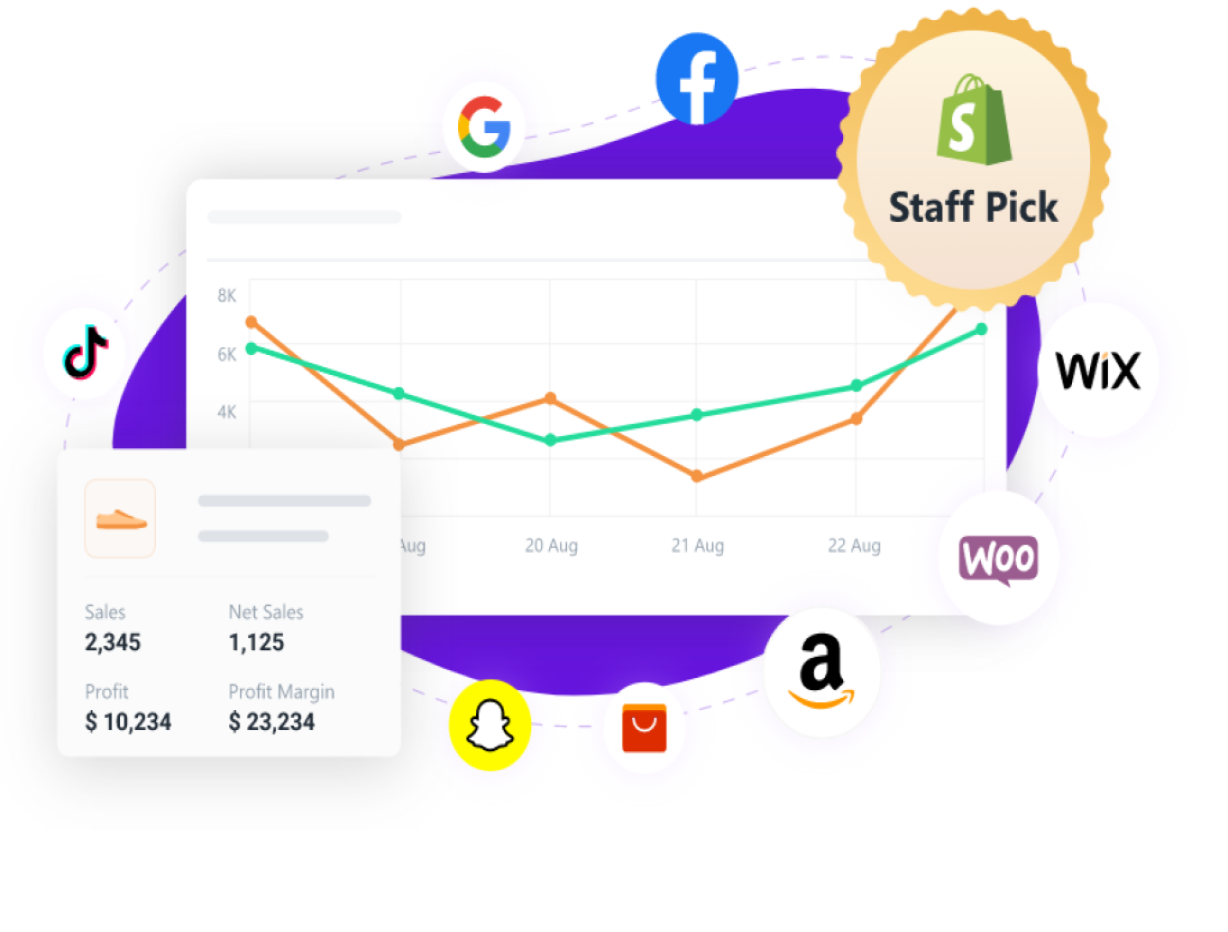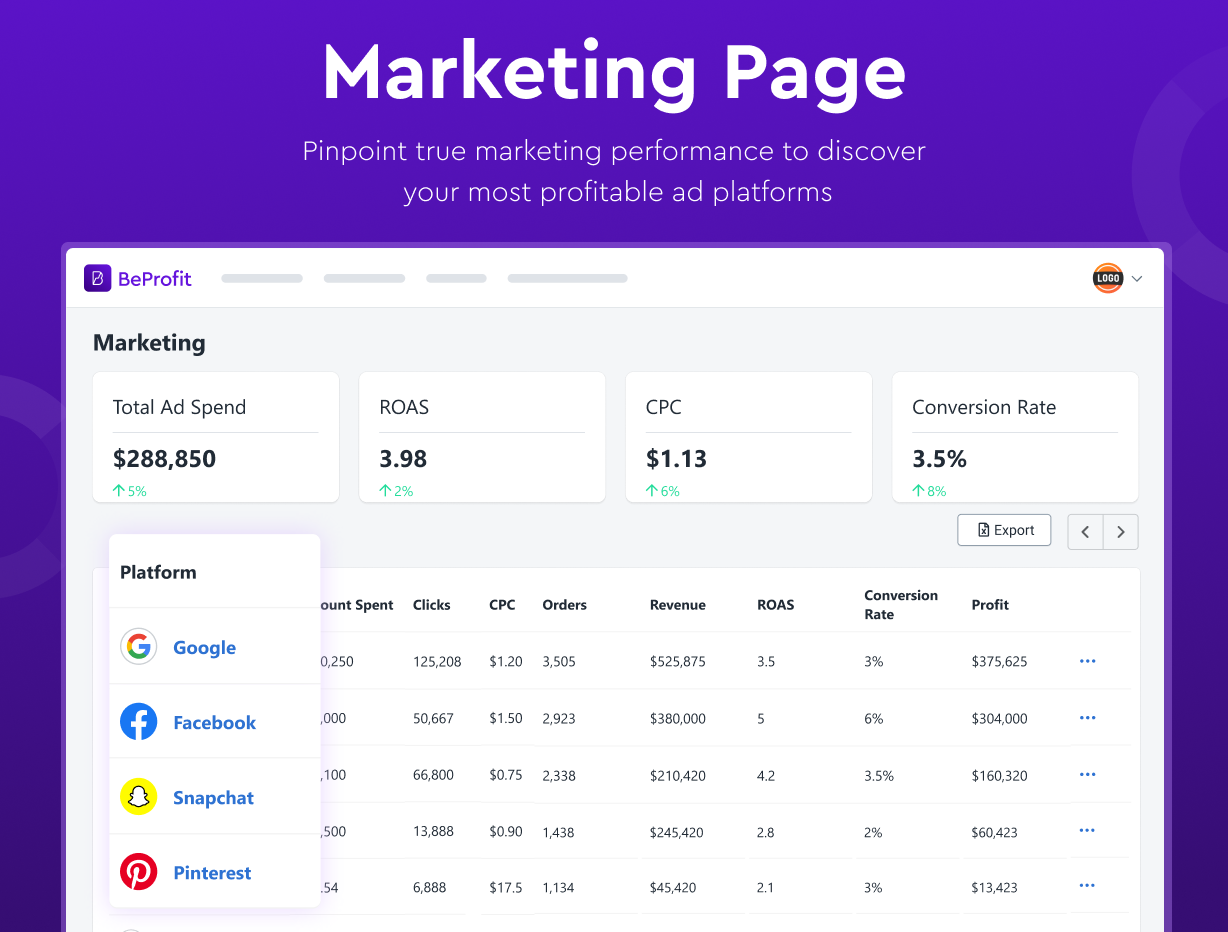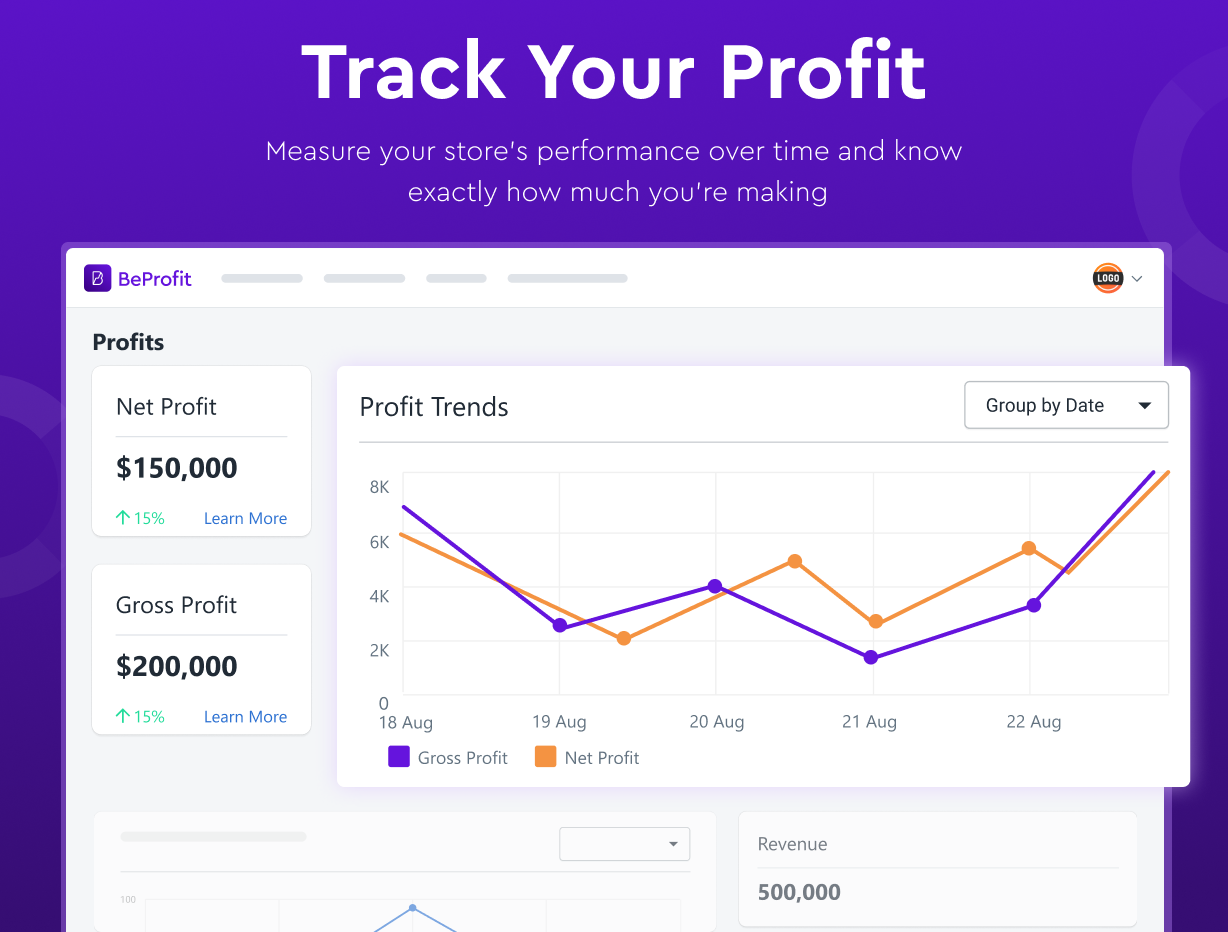6 Ways to Slash Shipping Times and Boost Dropshipping Profits
Updated June 9, 2023

Online retailers who run e-commerce stores know that shipping inefficiencies can lead to frustrated customers. According to the 2023 State of Shipping & Returns Report by supply chain specialists Körber, 70% of consumers have experienced shipping delays in the past six months. And guess what? 40% of them said they'd think twice before making another purchase after facing shipping delays. For e-commerce sellers, these hiccups in dropshipping can cost you customers and profits!
It's no secret that faster shipping translates to higher profits. A survey called "The New E-commerce Shopper" conducted in 2021 showed that 40% of shoppers now expect free shipping, and 42% expect their orders to arrive within just two days of making a purchase. To keep customers happy and keep them coming back, e-commerce sellers need to supercharge their shipping times. The faster your customers get their hands on their orders, the more profit you'll make.
6 Ways to Slash Your Shipping Times
- Find trustworthy suppliers
- Embrace automation tools
- Be strategic about inventory
- Optimize packaging
- Provide shipping options
- Be transparent with customers
1. Find Trustworthy Suppliers
Online stores using the dropshipping model should maintain a network of reliable suppliers. This network acts as a failsafe: when one supplier runs out of an item, you can turn to an alternative. Make sure to check the supplier’s record since you're entrusting the efficiency of your shipping model to them. Close collaboration with your suppliers also builds business relationships that will benefit your store in the long run.
» Good supplier relationships can help you get better discount shipping rates
2. Embrace Automation Tools
Embracing technology is necessary for businesses looking to decrease shipping times in their supply chain. According to the "2023 E-commerce Platforms Report" published in Digital Commerce 360 magazine, 61% of B2B retailers plan to invest in their e-commerce technology budgets in the coming months. Some tools that e-commerce retailers can start using to reduce shipping times and increase profits include:
- Real-time shipping calculators
- Dropshipping management apps
- Automated repetitive tasks
- Digitally managing inventory
3. Be Strategic About Inventory
When setting up your dropshipping model, choose your inventory carefully.
- Ensure your dropshipping supplier can consistently provide inventory to meet increasing customer demands.
- Check that the inventory is stored in a location that's convenient for your third-party logistics (3PL) partner.
- Manage your inventory proactively on the front end of your online store. A backlog of orders due to limited stock can result in losing customers.
- Consider shipping from fulfillment centers close to the customers to ensure their packages arrive on time.
- Keep a standing stock of your most popular items.
Staying up-to-date with your dropshipping supplier can prevent your customers from being disappointed with unavailable items.
» Still struggling to balance stock and orders? Here's how to refine your order fulfillment process
4. Optimize Packaging
Your packaging needs will depend on what products you sell. But regardless of the size or material, make sure to invest in effective and recognizable packaging. You'll get universal benefits including enhancing your brand's value and protecting your goods against any physical damage during shipping.
5. Provide Shipping Options
Every customer has unique expectations when it comes to shipping—and multiple shipping options at checkout are a great way to serve them all. Some standard shipping options offered under dropshipping models include:
- Flat-rate shipping: Customers pay a fixed price for shipping, regardless of the package’s size and weight. Flat-rate shipping can take between two to seven business days.
- Expedited shipping: Customers can choose expedited shipping for an additional fee. This option is faster than standard shipping, usually taking one to three business days.
- Local delivery or pick-up: For businesses close to their customers, local delivery provides a superior customer experience with lower shipping rates and quicker fulfillment times.
- Multi-product shipping: If your online store’s customers tend to buy several products at once, multi-product shipping is a great option. This allows customers to pay a single shipping fee for multiple products sent in a single package. Timelines are similar to standard shipping, which is two to five business days.
6. Be Transparent With Customers
The key to retaining customers is remaining honest. By being upfront, you can manage their expectations and ensure you fulfill their orders to the best of your ability.
- Shipping times: By providing a realistic estimate, customers won't be disappointed by delayed orders.
- Pricing: Let your customers know that they're getting their money’s worth, and they won’t hesitate to return for future purchases.
- Customer service: A good customer service platform allows your business to build lasting customer relationships.
Track Your Dropshipping Cycle For Better Success With BeProfit




While dropshipping has many advantages for e-commerce sellers, it's a complex model with many variables. That's why a profit-tracking dropshipping management app like BeProfit is essential.
- Track all sales, profit, and shipping metrics from one dashboard
- Link multiple stores and shipping profiles to manage from one platform
- Access your data at anytime via desktop, mobile or email
» Want to see the bigger picture? Explore the latest shipping benchmarks and insights








